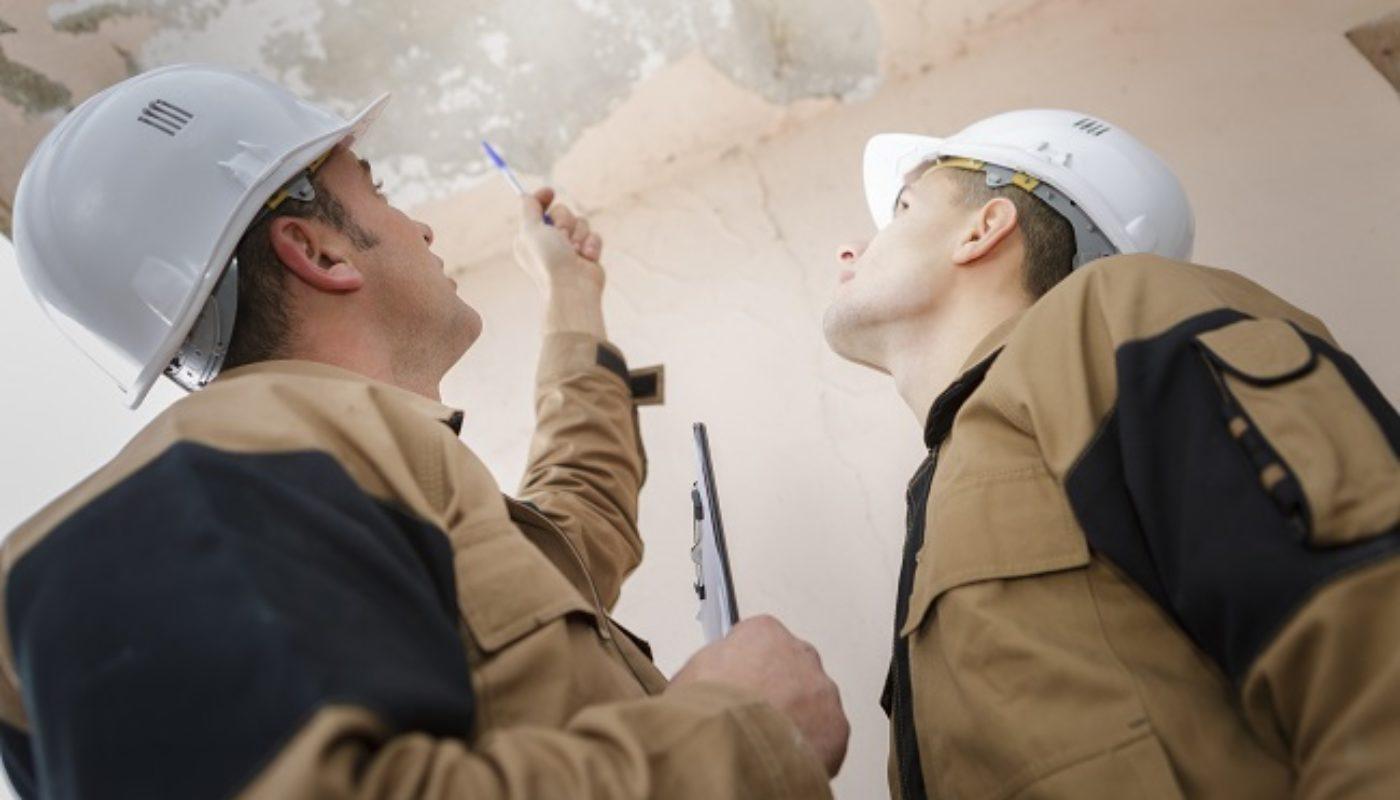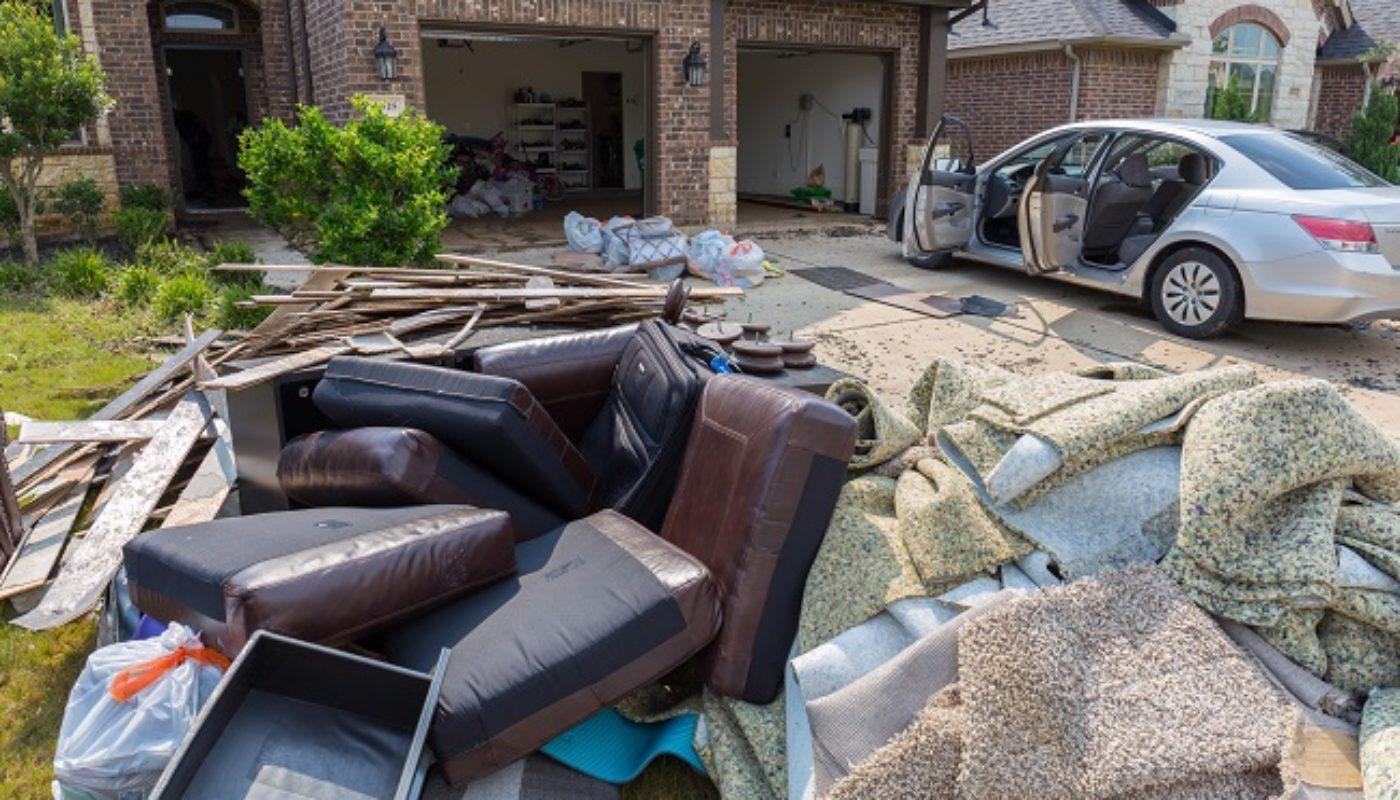Water damage in homes is a serious problem. According to the United States Environmental Protection Agency (U.S. EPA), an average family wastes about 180 gallons of water every week through leaks. Such an amount of water is enough to wash over 300 laundry loads. And if the water finds its way to some of the fixtures and fittings in the house, such as cabinetry, cupboards, wooden doors, electrical conduits, and ceiling board, the extent of damage it can cause is enormous. (1)

Yet, leaks aren’t the only cause of water damage. Couple it with storms, flooding, sewage backups, pipe breakage, and the like, and you’ll understand the gravity of the matter. Read below for a deeper understanding of the price you may have to pay due to water damage.
Cleanup
Perhaps the most disastrous aftermath of water damage is having the entire house soaked in contaminated water or covered with mud. Now that’s something that requires hours up to days or even weeks of cleaning job. Usually, this event is caused by strong hurricanes and heavy flooding that hit areas considered “catch basins” or flood-prone. What’s worse, if the structures have faulty plumbing systems, water is expected to rise quickly, damaging the fixtures and furniture in the house. If you want a hassle-free way to fix these damages, watch this video:
Another common effect of water damage is mold growth, which thrives in moist environments. So, when water percolates into the floor and walls of your home, you may expect mold to grow and leave these areas ugly with black and green streaks and patches. You wouldn’t want to stay in such an unsightly home, so you’ll definitely need to clean up.

This mold may also give your home unpleasant odors that may, at times, prove unbearable. If the mold has been growing for several months already, you can’t make the affected areas clean and odorless by merely scrubbing or using ordinary air fresheners. Remember, any tiny bit of mold you leave behind has the potential to multiply once more and cover the entire home. (2)
Not taking these problems as another DIY project could save you. The right skills and equipment to remedy the situations might be held by some cleaning experts whom you need to contact immediately.
To avoid worsening the damages, the most guaranteed help you can get are the services of professional water damage restoration companies, such as https://rescueclean911.com/. They’ll assess the true extent of the damage and perform viable and effective cleanup operations for your home. They will take all the clutter and clean up the gigantic mess by using harsh chemicals like chlorine bleach and hydrogen peroxide, or modern technologies like dry fog removal, UV radiation, and transparent coatings, among others.
Health
Still on mold, note that the fungi have allergenic microscopic spores that may irritate sensitive members of your family and trigger allergic reactions. Common symptoms include sneezing, nasal congestion, wheezing, coughing, respiratory infections, and even asthma. You wouldn’t want to stay in such a toxic indoor atmosphere. The musty odor can also be a massive turnoff for you and any visitors to your home. (3)
If it rains heavily and your drainage system isn’t functional, rainwater can find its way into your house, carrying all manner of debris and pathogenic microorganisms with it. Suppose the runoff gets mixed up with raw sewage on its way to your home. In that case, you risk contracting waterborne diseases, such as typhoid fever, cholera, hepatitis A and E, and leptospirosis. (4)
Another possible effect of heavy rains is sewage backup. Perhaps your septic system wasn’t designed properly to prevent the inflow of groundwater into the tank. When it rains too heavily, and the ground gets saturated with water, the tank may prematurely fill up and release greywater into your house. You wouldn’t want to wait even a second without taking action because of the lethal nature of raw sewage. It spreads diseases such as gastroenteritis, Weil’s disease, hepatitis, occupational asthma, allergies, and alveolitis. (5)
Remodeling
As earlier explained, water damage makes way for mold to thrive. Mold, together with excess water, has the potential to destroy walls, ceilings, floorboards, carpets, wooden fixtures, and fittings. For example, a floor carpet infested by mold is rendered virtually unusable. The same is true for ceiling boards and other wooden fixtures that have been significantly discolored and swollen due to water damage. You’ll have to replace these if you want to restore the former beauty of your home.
Also, the wooden structural components of your home, such as framing columns and joists, can absorb moisture and get deformed. If left for a long time without any action being taken, such structural members can warp excessively or rot and thus, cease to be functional. As a result, your house walls may collapse, and the floor may cave in.
As you seek the help of a water damage restoration company for the cleanup and repair, you’ll also need to revamp the affected areas of your home, usually the bathroom or kitchen. You have the option to do the remodeling project yourself or use the services of a home improvement partner. Either way, keep in mind or share your home’s history of water damage with the one handling the project, particularly the probable causes. Doing this will help you select the suitable materials for your home, thus avoiding the recurrence of water damage in the future.
Take action before it’s too late
Now that you have a clear understanding of the true costs of water damage, make it a point to mitigate it before the situation gets out of control. Once you notice signs like leakages, black streaks on the walls, or musty smells that don’t seem to disappear, consult a water damage restoration expert to brainstorm on the way forward. The earlier you take action, the better it is for your home and your health.
References:
- “Water Sense: Statistics and Facts,” https://www.epa.gov/watersense/statistics-and-facts
- “How to Get Rid of Mold From Every Home Surface,” https://www.thespruce.com/how-to-get-rid-of-mold-4163846
- “Mould and your health,” https://www.betterhealth.vic.gov.au/health/conditionsandtreatments/mould-and-your-health
- “Health impacts of flooding and risk management,” https://www.nhp.gov.in/health-impacts-of-flooding-and-risk-management_pg
- “Working with sewage. The health hazards: A guide for employers,” https://www.hse.gov.uk/pubns/indg198.pdf





